From Gujarat to the World: The Timeless Journey of Patola Sarees
There has seldom been a saree that is so quiet yet so powerful in its grace and design, like the Patola Silk Sarees of Gujarat. Love and care are foundational to the architecture of these sarees, which is what sets them apart from every other garment.
Sourced exclusively from Patan, Gujarat, a patola saree can take up to six months to make. It’s a complex weave made with warp and weft threads, resulting in a saree that looks the same on both sides. It means that there is no scope of even a single mistake in the production process, without compromising the entire garment. There is no greater proof of why each patola saree is so unique by itself.
Origin of patola Sarees
While patola sarees are exclusively made in Gujarat in the present day, their earliest mentions can be found in ancient South Indian texts, saying that this was the garment of choice for women during holy ceremonies.
The story goes that King Kumarapala, who ruled Gujarat in 1143 AD was a connoisseur of the patola craft and wore it everyday while offering his daily prayers. He used to source them from Maharashtra when he came to know one day that his patola garments were used by the king as bedsheets before sending them to him.
Since one can only wear new clothes while praying, the king had 700 artisans brought in from Maharashtra and settled in Gujarat. A patola garment takes six to nine months to make but the king still managed to wear a new one everyday. This concentrated the art of patola in Gujarat and it has continued that way for over 900 years.
Though it sounds like a fairytale, owning a patola saree was undeniably a mark of aristocracy, a statement that endures to this day.
Craftsmanship and Techniques
Did you know that the patola loom is angled instead of straight?
It is fascinating to watch the weavers of patola sarees in action. The threads are tightly wrapped before the first round of the dyeing process, to create a pattern resist dyeing. In the next few steps of the process, the threads are opened up and allowed to gain the required colour through further dyeing. This is called the double-ikat process and it is an arduous and time consuming process.
Jain and Hindu communities exhibit a preference for designs of birds, elephants, flowers and human figures. Meanwhile, Muslim communities are known for wearing patola sarees with geometric designs and delicate flowers.
The sarees are also a traditionally popular choice with Maharashtrian Brahmins. They can be distinguished by their simpler patterns with darker borders.
Cultural Significance
Is it a surprise that patola sarees are considered to protect the wearer against evil ?
Fashion has always been a reflection of the times we live in and considering the history of the patola sarees, it is no surprise that it was considered an auspicious garment. It was said that wearing the patola saree paves the way for one to feel God. This belief was held not just in India but in countries like Thailand, Malaysia and Indonesia, where the patola was akin to a treasure.
A reason for this belief could be the mandatory perfection of the garment, which was thought to be possible only from the hand of God. Another reason could be the patola’s reverence as the garment of the nobility.
The modern day provides yet another perspective towards this. The physical manifestation of the power of love and happy thoughts is a popular belief. Considering the meticulous and time-consuming labour that goes into making these sarees, it would be right to say that each garment carries the pride and love of its maker, which directly benefits the wearer. That is why the patola saree is a favourite in bridal wear trousseaus and the attire of choice for auspicious occasions.
Either way, the stunning beauty of the patola sarees is enough to turn any bad day around and also make a good day better.
Preservation of patola Sarees
In this age of fast-fashion, the significance of patola sarees has only increased, thanks to designers who understand how to implement the fabric for customers.
The underlying fact is that there is probably nothing as unique and eye-catching as a patola saree and true connoisseurs of fashion recognise that. There are some designers who recognise that the patola is perfect as it is while others believe in giving that perfection a modern spin.
Social media may waste a lot of our time with mindless reels but it has done a favour to the fashion world by popularising the patola once again. This has also helped sustain the artisans and made sure that the craft is not forgotten.
Almost every woman aims to have at least one patola saree in her wardrobe, which is quite reminiscent of the glory days of the fabric, during the reign of King Kumarapala.
The saree can be worn as is or paired with plain blouses cut into modern designs. If you have an eye for styling, you would be able to mix different designs together. Also, the many styling tips available online can teach you how to turn a patola saree into a lehenga (with and without stitching) or a gown. If you are feeling a little experimental, you can try your hand at making a skirt or a shirt out of the garment.
Even patola kurtas can be quite the head turners. But always keep in mind the effort that goes into the making of the garment before you decide to make any permanent changes to it.
Conclusion
It is hard to deny love to a patola saree. Not only does it look stunning but it is made with the utmost love and care, keeping in mind the aesthetic ambition of the final wearer.
Owning a patola saree is akin to owning a piece of ancient Indian heritage. There isn’t much we can say which hasn’t already been said before, except that the patola sarees are priceless in value and one should value them as they deserve.

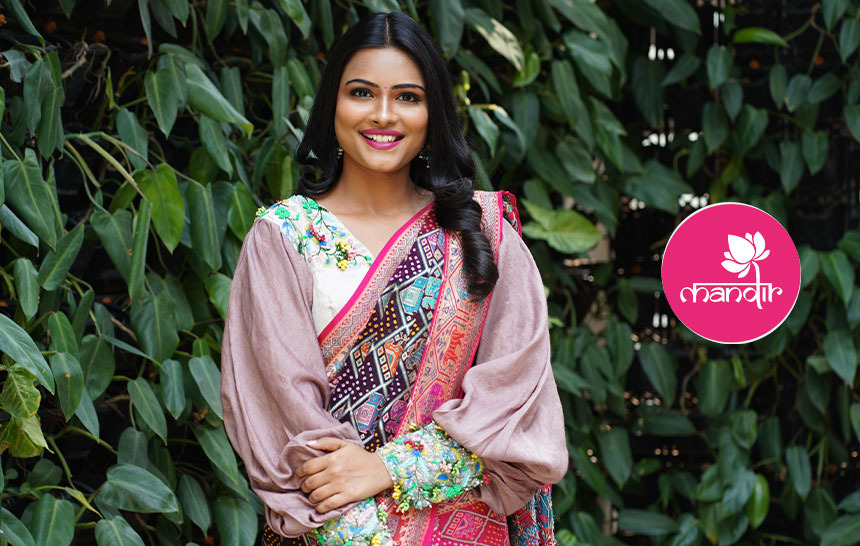
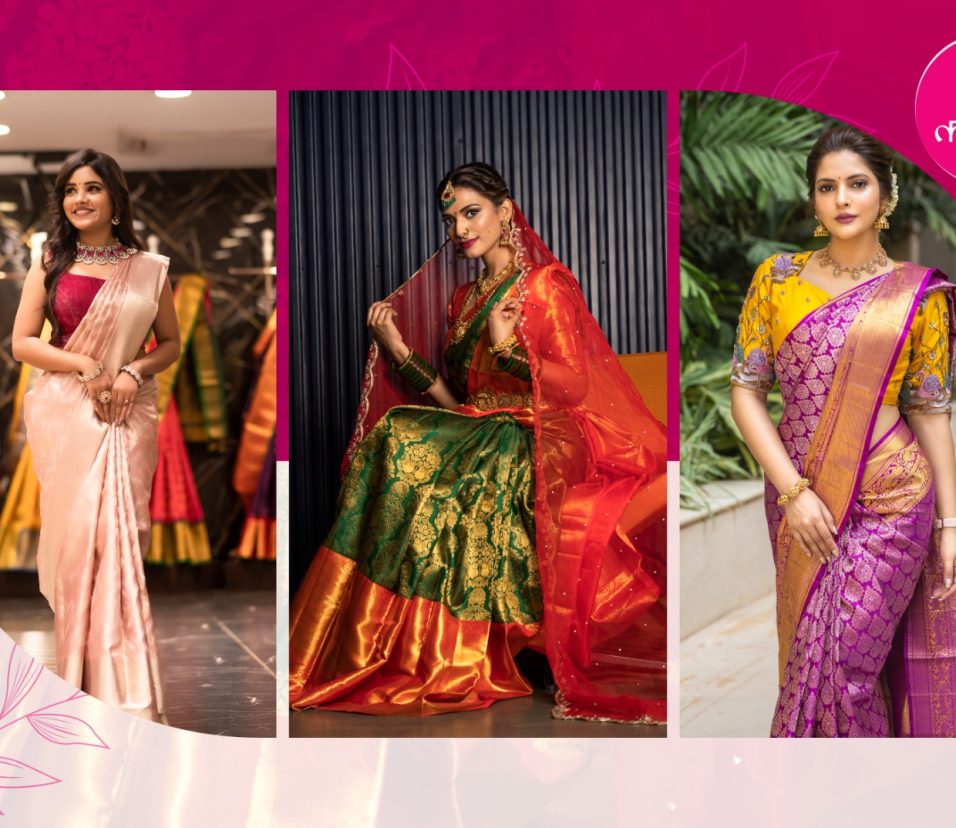
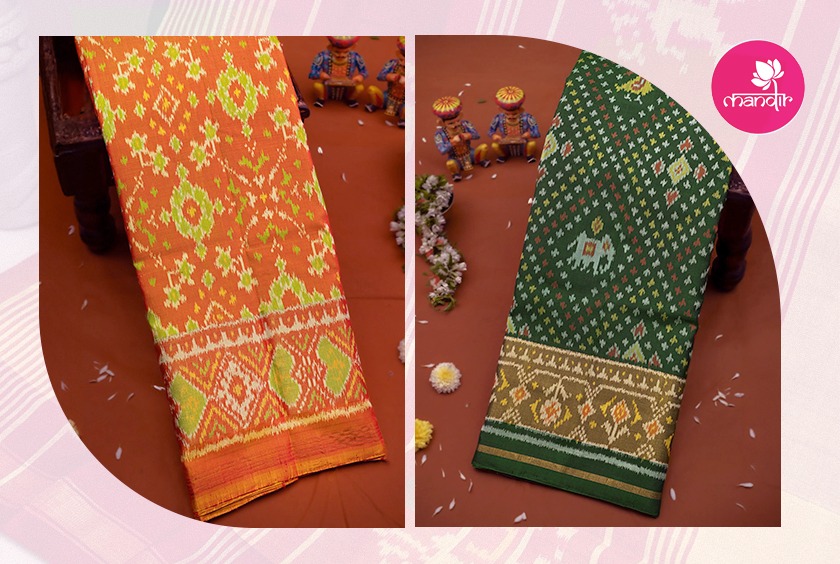
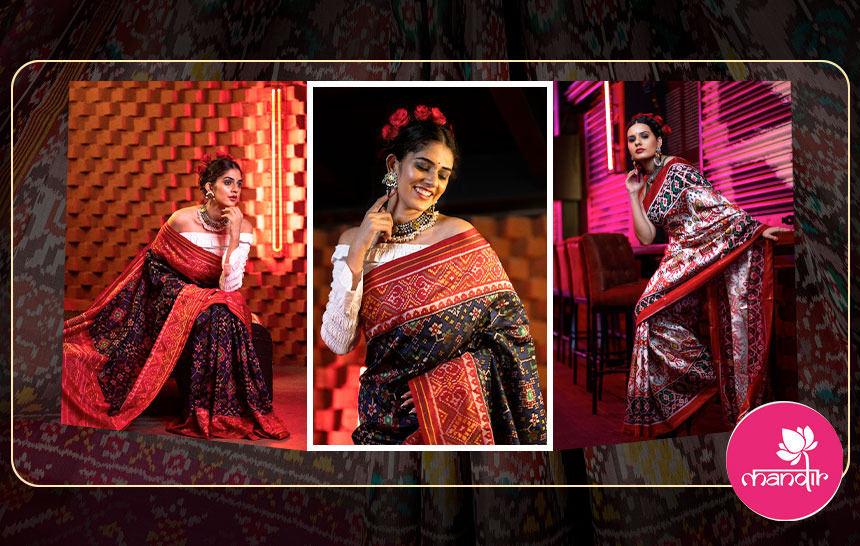
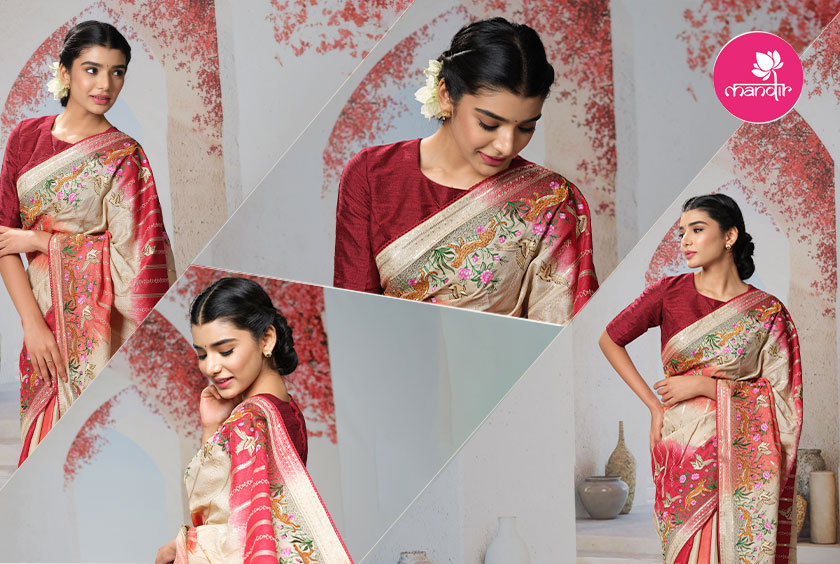
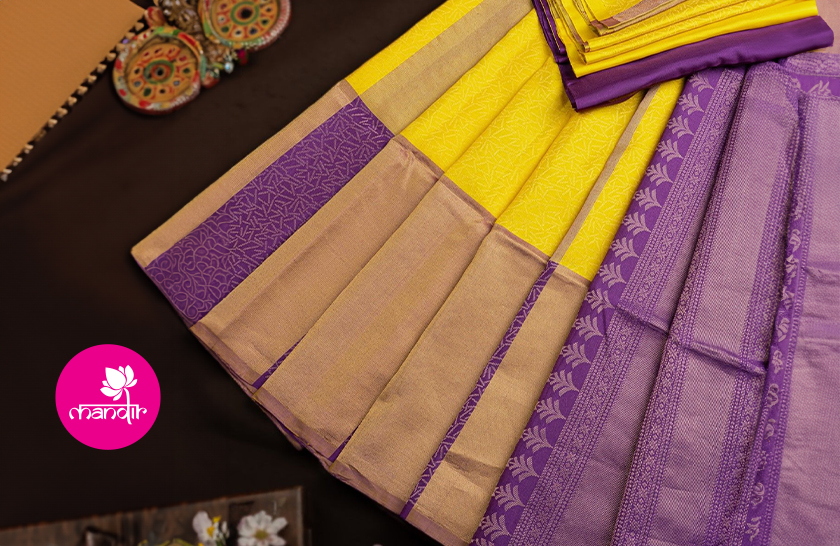
Leave feedback about this